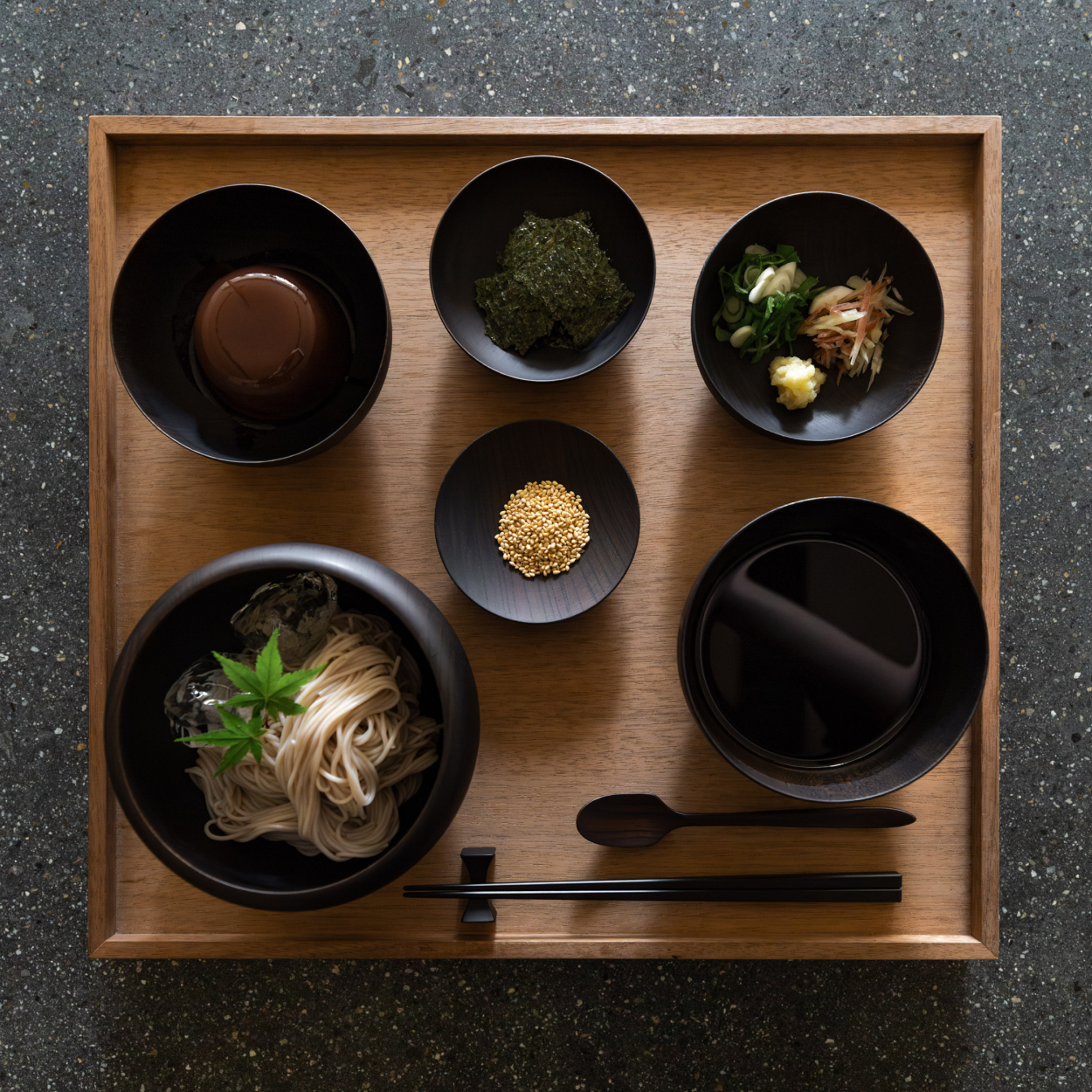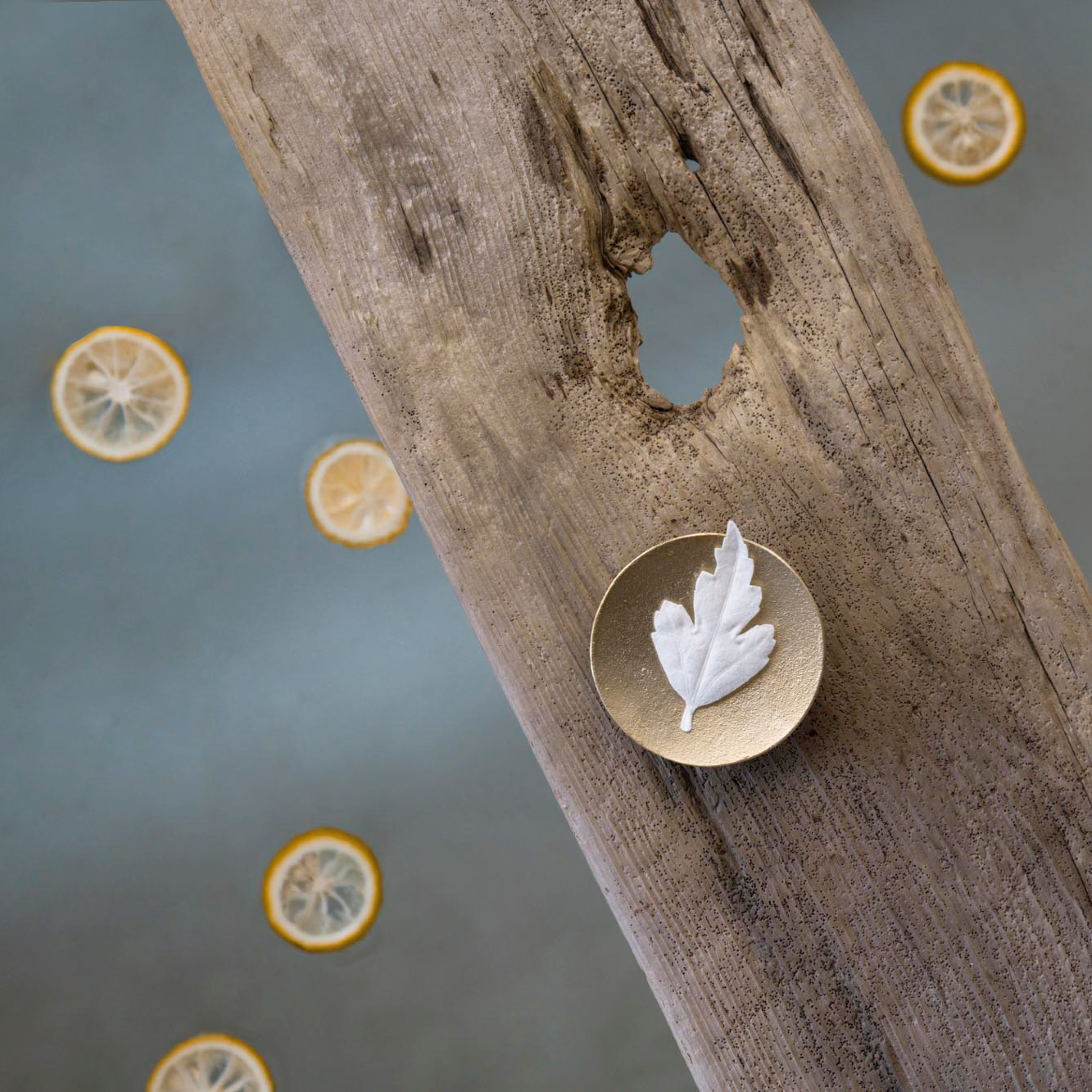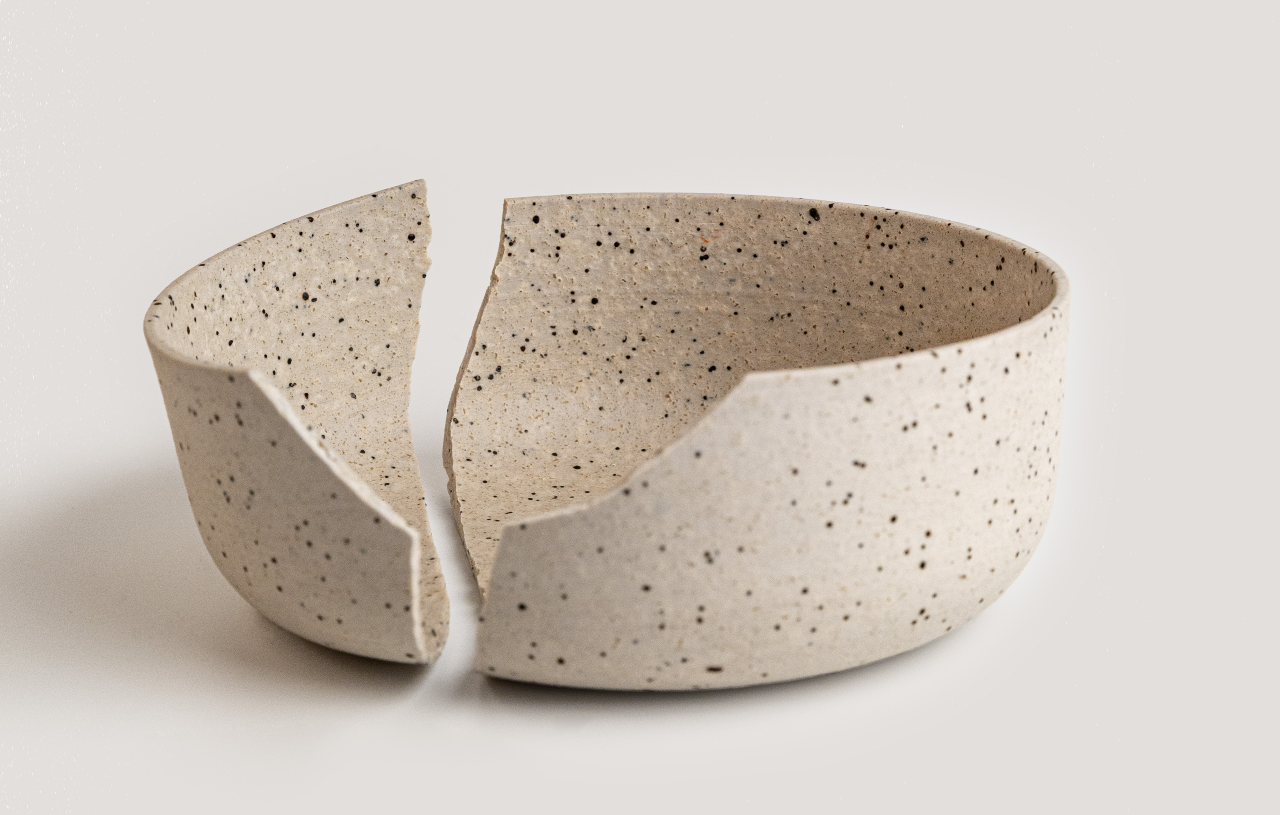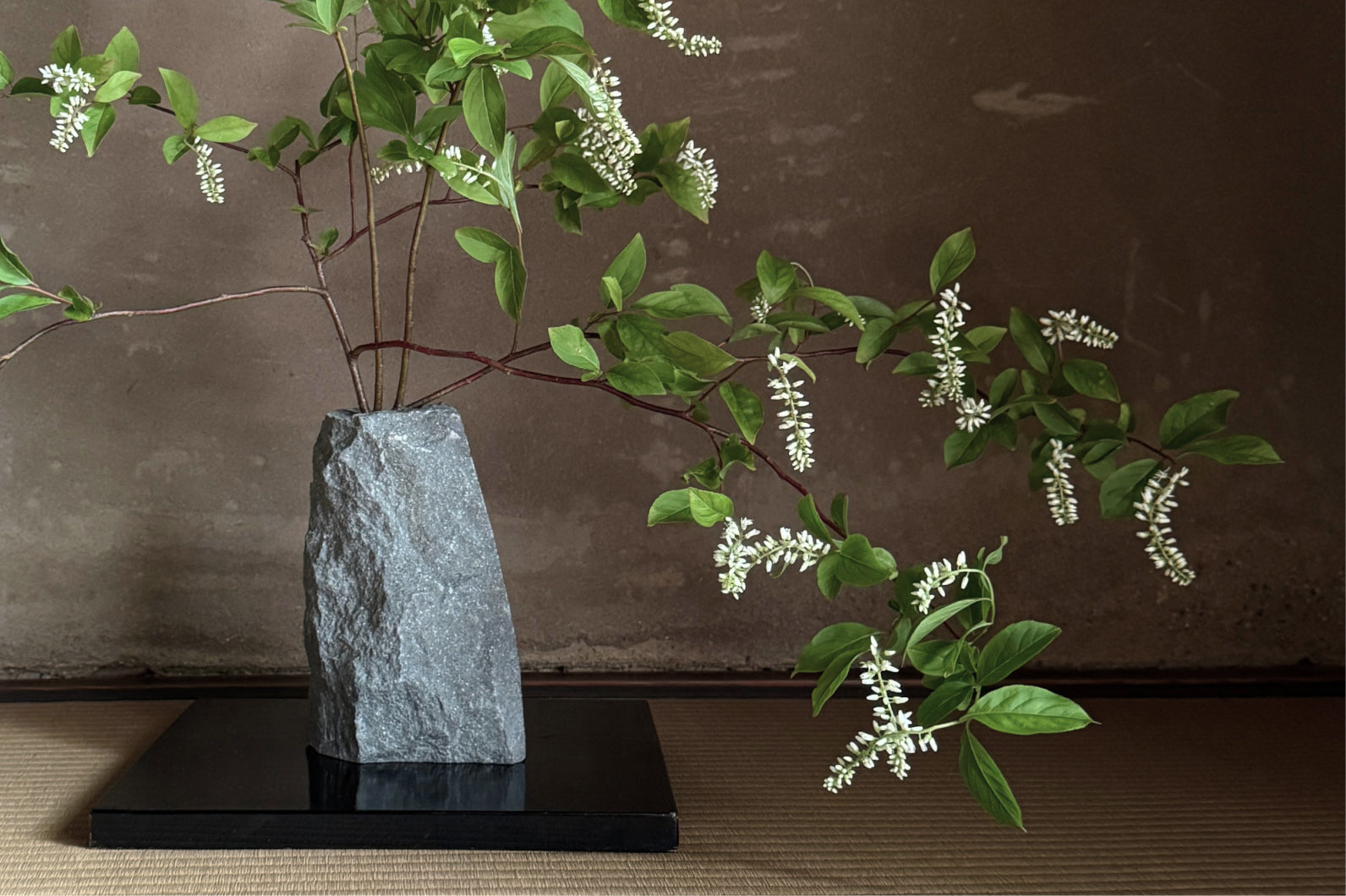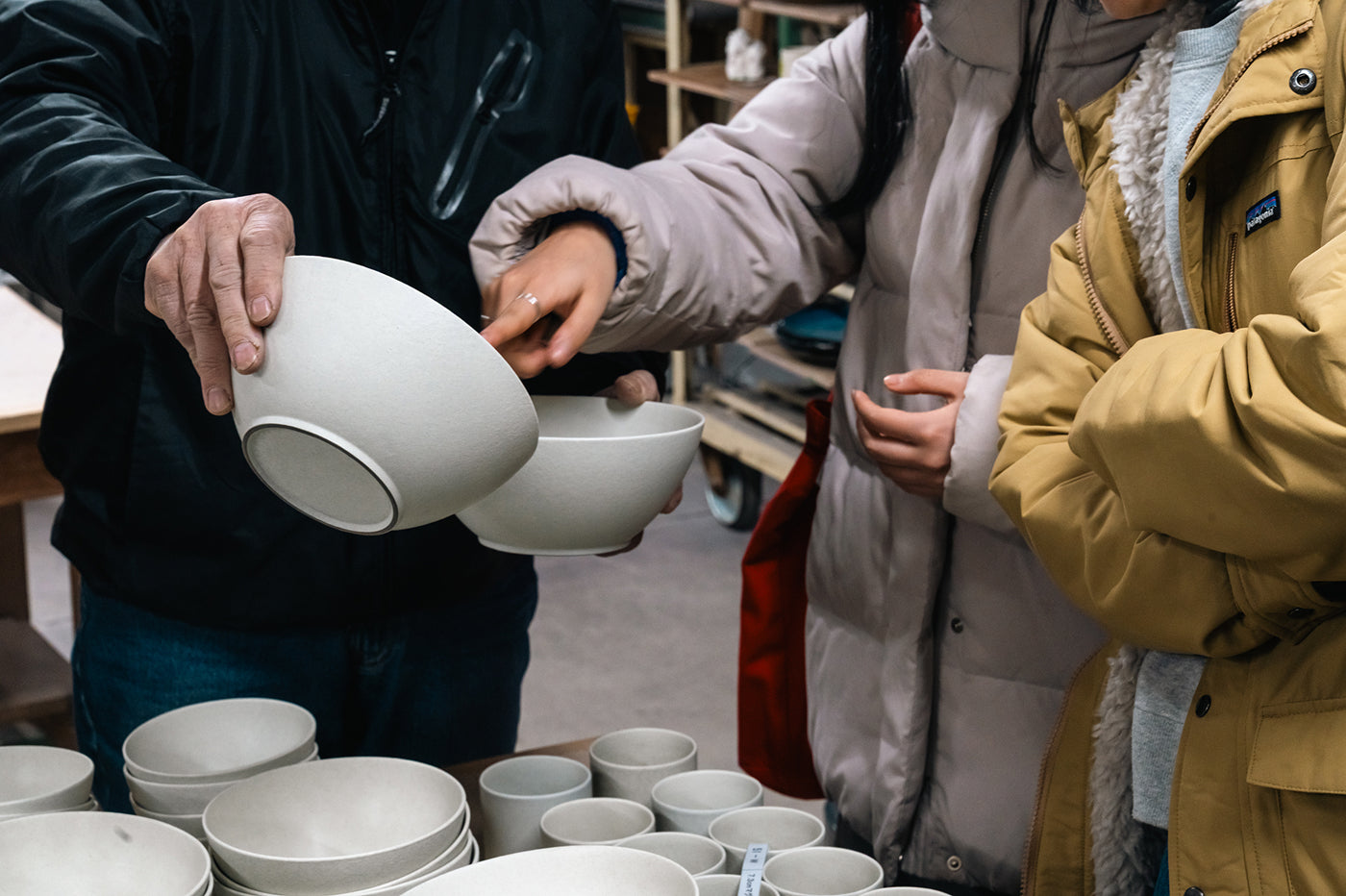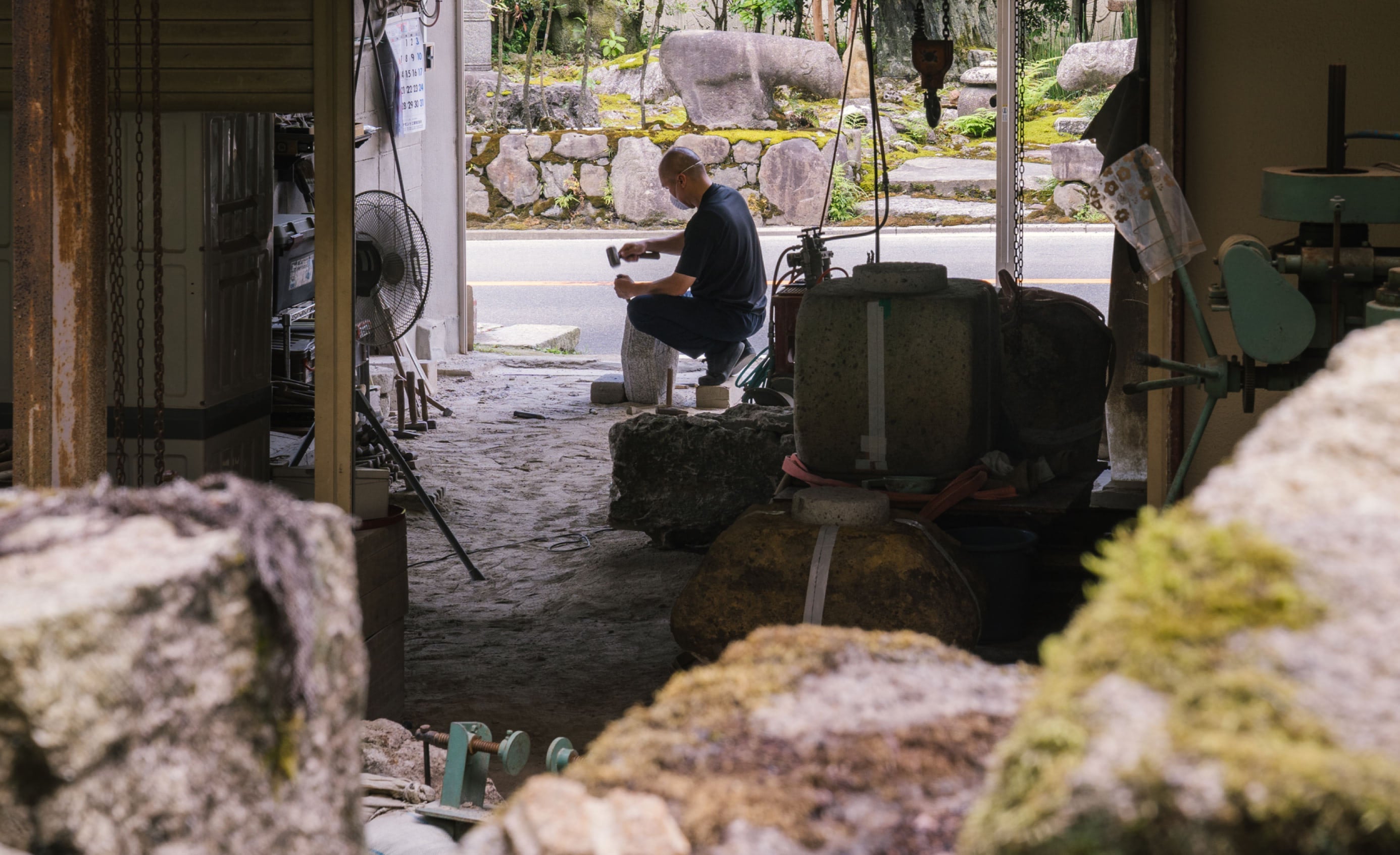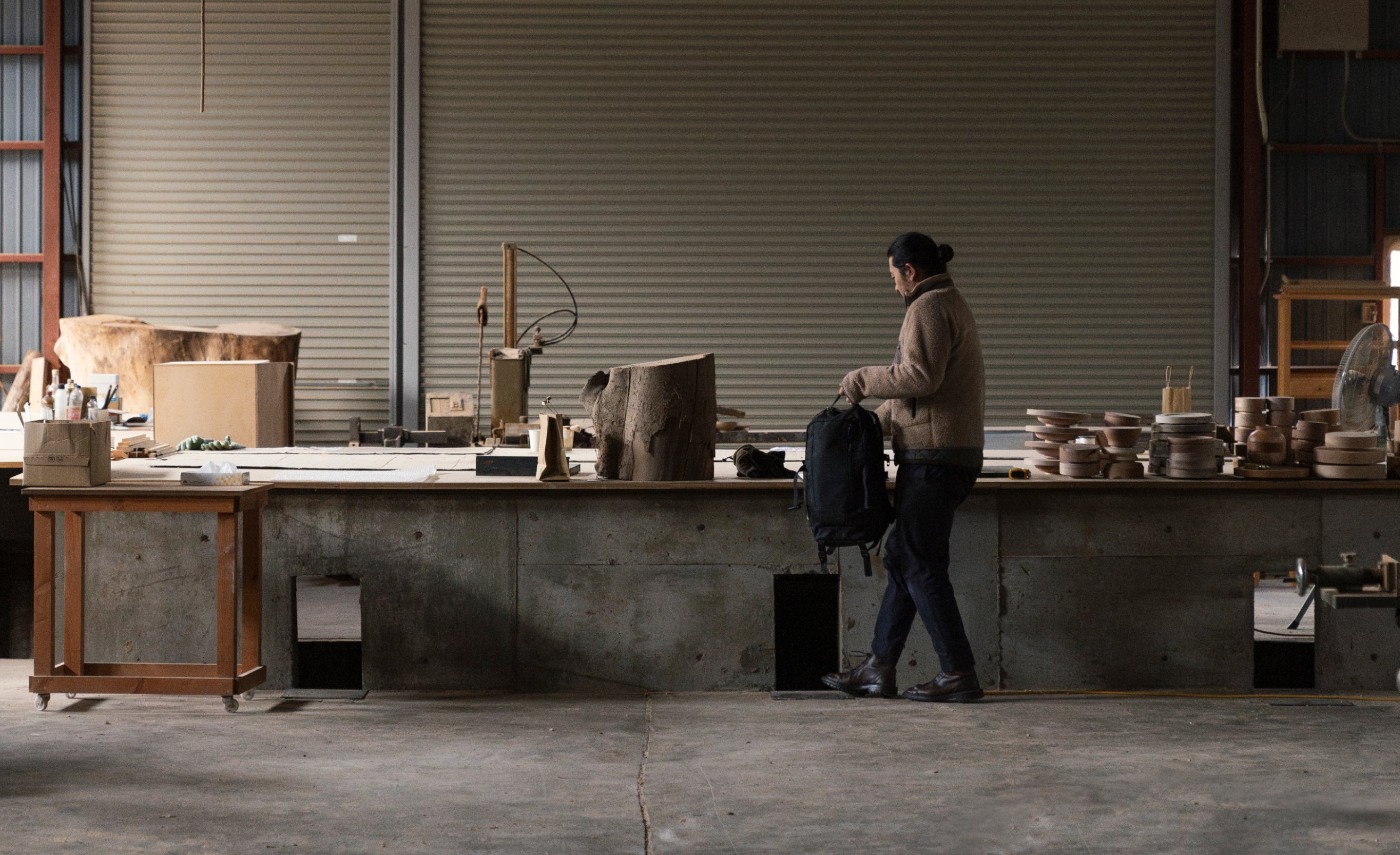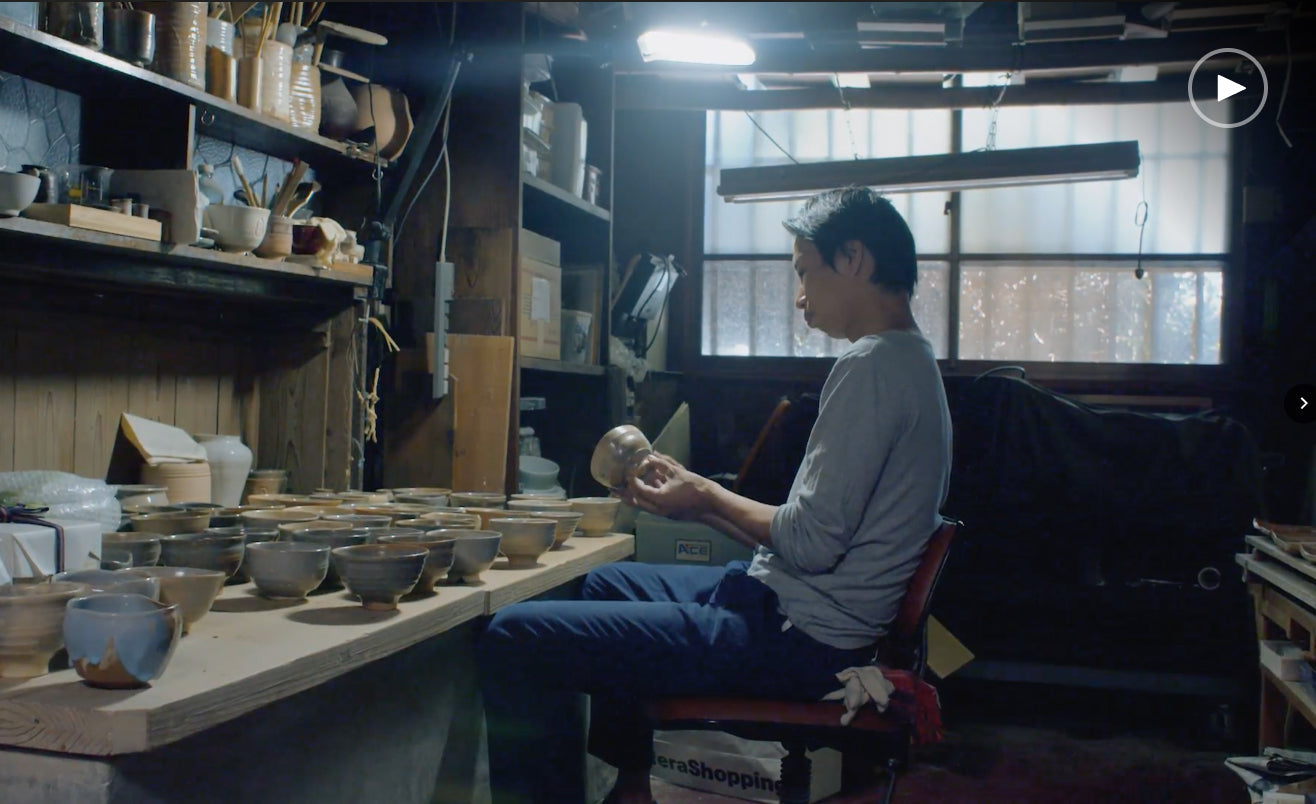PRINCIPLE 1: PROPER ASSESSMENT OF DAMAGED WARES
The assessment process is vital to determine how a piece should be kintsugi-repaired to ensure lasting durability and evergreen beauty.
Material
Firstly, we assess the type of material that was used to create the original piece. Is it made of ceramic or porcelain? Does it have a glaze? Does it include painted design? At what layer are the designs painted in relation to the glaze?
Breakage
Next, we assess the type of breakage. The most common types of breakage are chipped (usually a small chip located on the rim), cracked (most commonly a hairline crack resulting in a fine line down the piece), broken (completely broken into two or more pieces), and missing fragment (a large chip, an area that has broken off and is missing).
Keshiki
Finally, imagine the keshiki or landscape. This is the final design of the repaired piece. Keshiki is the word that we use in the world of kintsugi to speak to the final lines and shapes that will highlight the story of the piece. Do you envision these lines and shapes to be in gold or silver? Do you envision them to be fine lines or bold lines? Do you envision them to be more flesh to the ware or slightly embossed?

PRINCIPLE 2: TRADITIONAL LACQUERWARE TECHNIQUE USING NATURAL MATERIALS
Kintsugi is quite literally gold joinery. So if we choose to use silver, it's technically gintsugi, and if we choose a red or black finish then it's urushitsugi. Ultimately, the core of the repair is done with successive layers of urushi and urushi mixtures, so the foundation is always urushitsugi.
Natural Materials
We lean into the materials and techniques of shitsugei the art of designing and crafting traditional Japanese urushi lacquerware or shikki. This means that we use urushi tree sap and 24K gold, as well as other natural materials such as water, flour, stone, and clay to ensure absolutely food-safe, durable, and waterproof repaired wares.
Professional Finish
Furthermore, the functional aspects of repairing and sealing are of course a given, but in our authentic kintsugi style, we seek the glossy, smooth, and shiny finish that is expected of professional lacquerwork.
